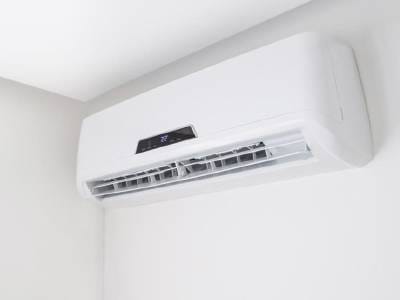
Is My Air Conditioner Too Small?
As we remember from the one of the previous posts, too large air conditioner can cause some serious problems in your home. But getting too small air conditioner can cause issues as well. Air conditioners are sized for the hottest day of the year, so the unit that is too small will probably perform well when the outdoor temperatures are mild. However, you’ll notice a difference when it is extremely hot outside. Small air conditioner will not be able to do its job properly. The system will run constantly and you will not feel any colder.
Signs your air conditioner is too small:
- The air conditioner seems to run all of the time without stopping
- The temperature in your home does not agree to the setting on the thermostat
- Higher energy bills
- Uneven temperature in your home. You will have hot and cold spots
What size air conditioner do I need?
There are numerous sizes of air conditioners available. When it comes to residential – standard air conditioners, they are measured by their cooling capacity in tons. No, not the tones you think of. Ton refers to the cooling power, not the weight of the machine. The most common sizes in tons are 1.5, 2.0, 2.5, 3.0, 3.5, 4.0 and 5.0.There are a few methods that can help you determine what size of air conditioner you need. The three most common methods are:
1. Same size as the old air conditioner at your residence
Making a decision based on the same size as your old air conditioner is not that recommended. There is no guarantee the old system was the right size. Over the years many things can change, the insulation can settle, the windows can start to leak, and the building materials have aged. If this is your new home, we cannot be sure how the previous owner made the decision.
2. Square Footage calculation
To perform this calculation, you’ll need the formula, and you’ll need to know the amount of air-conditioned space in your house that is supplied by the air conditioner you want to replace. However, there are many flaws when it comes to this method, mainly, it is out-dated one. The Square Footage method became popular decades ago when building materials were more simple and the method only considers the amount of space that needs to be cooled, not location. For an example, a room in the basement and a room above the garage require different cooling capacity.
3. Manual J Load calculation
This method is the best method, because it is customized to how you use the space and the construction materials used to build the house. It considers all of the factors that increase the heat load of your house. It is so far the most accurate calculation that is required by the law.

